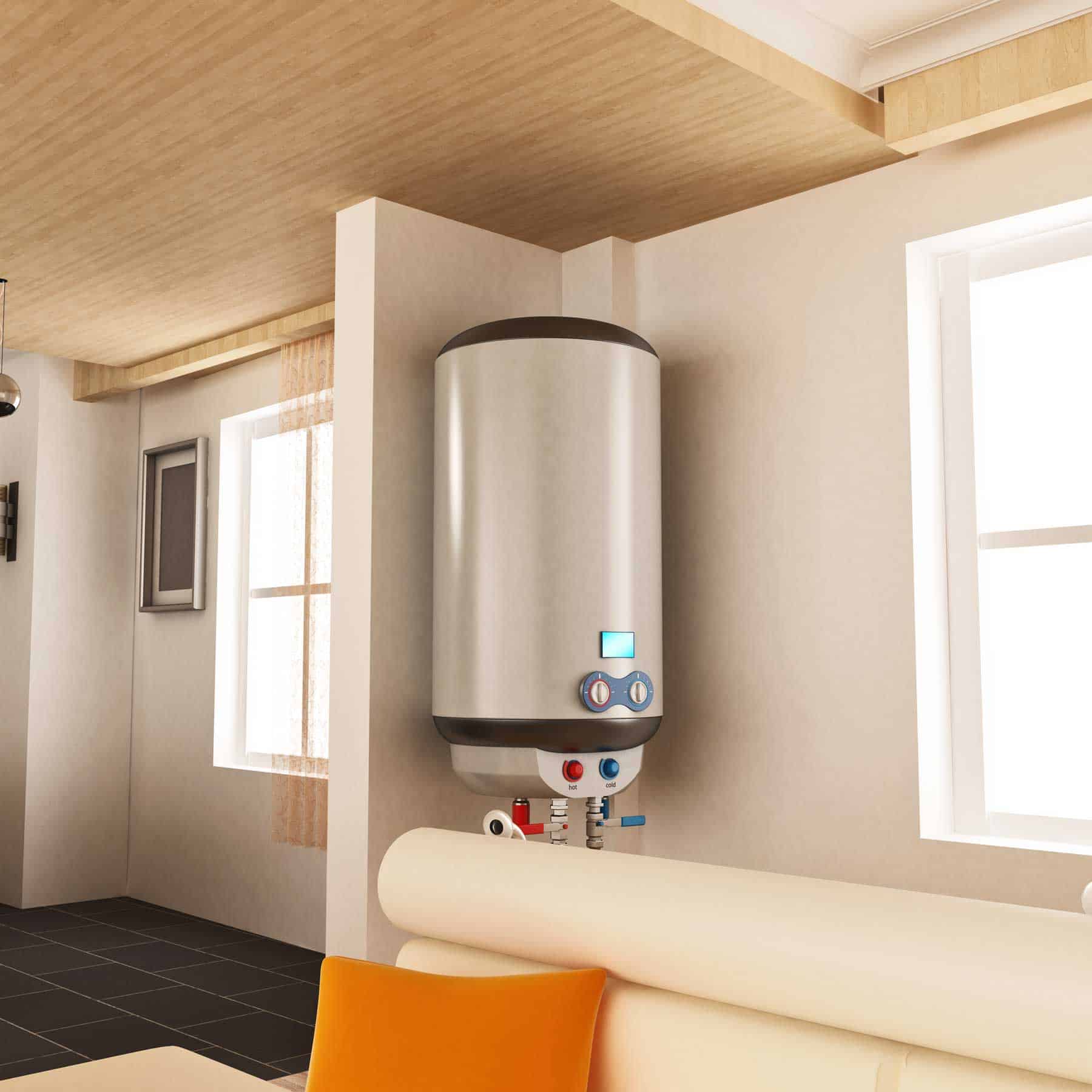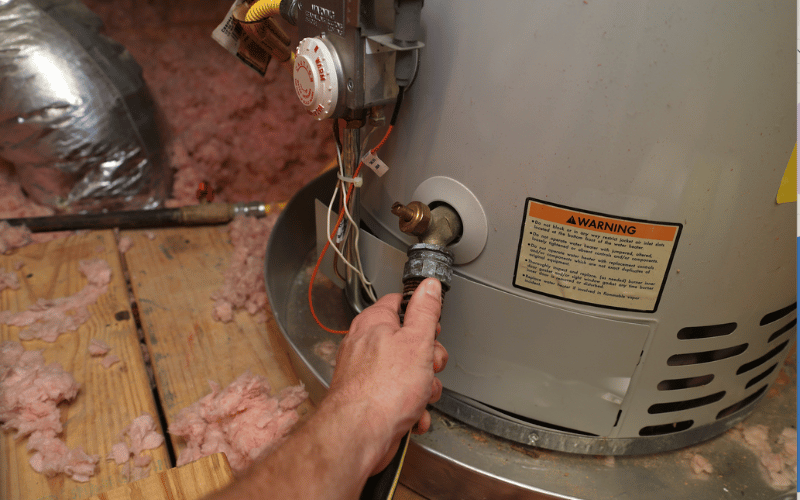Simple Steps to Caring for Your Home's Hot Water SystemUseful Techniques for Caring for Your Home's Hot Water System
Simple Steps to Caring for Your Home's Hot Water SystemUseful Techniques for Caring for Your Home's Hot Water System
Blog Article
The article which follows on the subject of How to Maintain Your Water Heater & Prolong its Life is immensely intriguing. Don't skip it.

Hot water is essential for day-to-day convenience, whether it's for a refreshing shower or cleaning recipes. To guarantee your hot water system runs efficiently and lasts much longer, normal maintenance is vital. This short article provides sensible ideas and insights on just how to maintain your home's warm water system to avoid disturbances and expensive repair services.
Introduction
Keeping your home's warm water system might appear complicated, however with a couple of easy actions, you can ensure it runs efficiently for many years ahead. This guide covers every little thing from understanding your hot water system to DIY upkeep tips and understanding when to call in professional assistance.
Relevance of Maintaining Your Hot Water System
Routine upkeep not only expands the life expectancy of your warm water system however also guarantees it runs effectively. Neglecting upkeep can lead to reduced efficiency, greater power expenses, and also premature failing of the system.
Signs Your Warm Water System Demands Upkeep
Understanding when your warm water system needs attention can stop major problems. Keep an eye out for signs such as irregular water temperature level, strange noises from the heating unit, or corroded water.
Understanding Your Warm Water System
Prior to diving into maintenance jobs, it's helpful to understand the basic elements of your warm water system. Generally, this consists of the hot water heater itself, pipes, anode rods, and temperature level controls.
Monthly Maintenance Tasks
Routine regular monthly checks can help capture small problems prior to they intensify.
Purging the Water Heater
Purging your water heater eliminates debris buildup, boosting efficiency and extending its life.
Checking and Replacing Anode Rods
Anode rods stop deterioration inside the tank. Examining and changing them when broken is crucial.
Evaluating and Adjusting Temperature Settings
Changing the temperature level setups ensures optimal performance and security.
Do It Yourself Tips for Upkeep
You can do numerous upkeep tasks yourself to maintain your warm water system in leading problem.
Looking for Leakages
Regularly examine pipes and connections for leaks, as these can result in water damage and higher expenses.
Checking Stress Alleviation Valves
Examining the stress safety valve guarantees it operates appropriately and protects against too much stress build-up.
Shielding Pipelines
Shielding warm water pipelines minimizes warm loss and can conserve power.
When to Call an Expert
While DIY maintenance is advantageous, some issues call for specialist experience.
Facility Concerns Calling For Expert Assistance
Examples include major leakages, electric troubles, or if your hot water heater is regularly underperforming.
Regular Expert Upkeep Perks
Professional upkeep can consist of comprehensive examinations, tune-ups, and making sure conformity with security standards.
Final thought
Regular upkeep of your home's hot water system is crucial for effectiveness, longevity, and expense savings. By adhering to these suggestions and recognizing when to seek professional aid, you can guarantee a trusted supply of hot water without unanticipated interruptions.
Water Heater Maintenance Tips
Test the TPR Valve
Shut off the power and the cold-water supply valve. Place a bucket under the pipe connected to the temperature-pressure-release (TPR) valve on the top or side of the tank. (This valve opens if the tank pressure gets too high.) Lift the valve’s tab to let some water out, then let go. If water keeps flowing, drain the tank partway, unscrew the old valve with a pipe wrench, and install a new one. Check the Anode Rod
Put a hose to the tank’s drain cock and let out a few gallons of water. Now fit a 1 1/16-inch socket onto the rod’s hex head on top of the heater (or under its top plate) and unscrew the rod. If it’s less than ½ inch thick or coated with calcium, buy a new one, wrap its threads with Teflon tape, put it back in the tank, and tighten securely. Use this segmented rod if headroom above the tank is limited. Drain the Tank and Wash Out Sediment
Drain the remaining water in the tank into the bucket, then stir up the sediment on the tank’s bottom by briefly opening the cold-water supply valve. Drain and repeat until clean water comes out of the hose. Close the drain cock, refill the tank, and turn its power back on. Adjust the Temperature
Find the temperature dial on the side of the tank and unscrew its cover. Adjust the dial to 120 degrees using a flathead screwdriver. For every 10 degrees the temperature is lowered, you can expect to save up to 5 percent in energy costs. Turn the water heater off or the thermostat down to its lowest setting if you plan to be away from home for more than three days. Insulate the Pipes
Buy some self-sticking 3/8-inch-thick foam pipe insulation that matches the pipes’ diameter. Slide the foam over the hot-and cold-water pipes as far as you can reach. Insulating the cold-water pipe prevents condensation in summer. Peel the tape and squeeze the insulation closed. If the pipe is 6 inches or less from the flue, cover it with 1-inch-thick unfaced fiberglass pipe wrap. https://www.thisoldhouse.com/plumbing/21016402/how-to-maintain-a-water-heater

We hope you enjoyed reading our topic about How to Maintain Your Water Heater & Prolong its Life. Thank you so much for taking the time to read through our article post. For those who enjoyed reading our blog posting please do not forget to share it. Thank you so much for taking the time to read it.
Book A Free Estimate Report this page